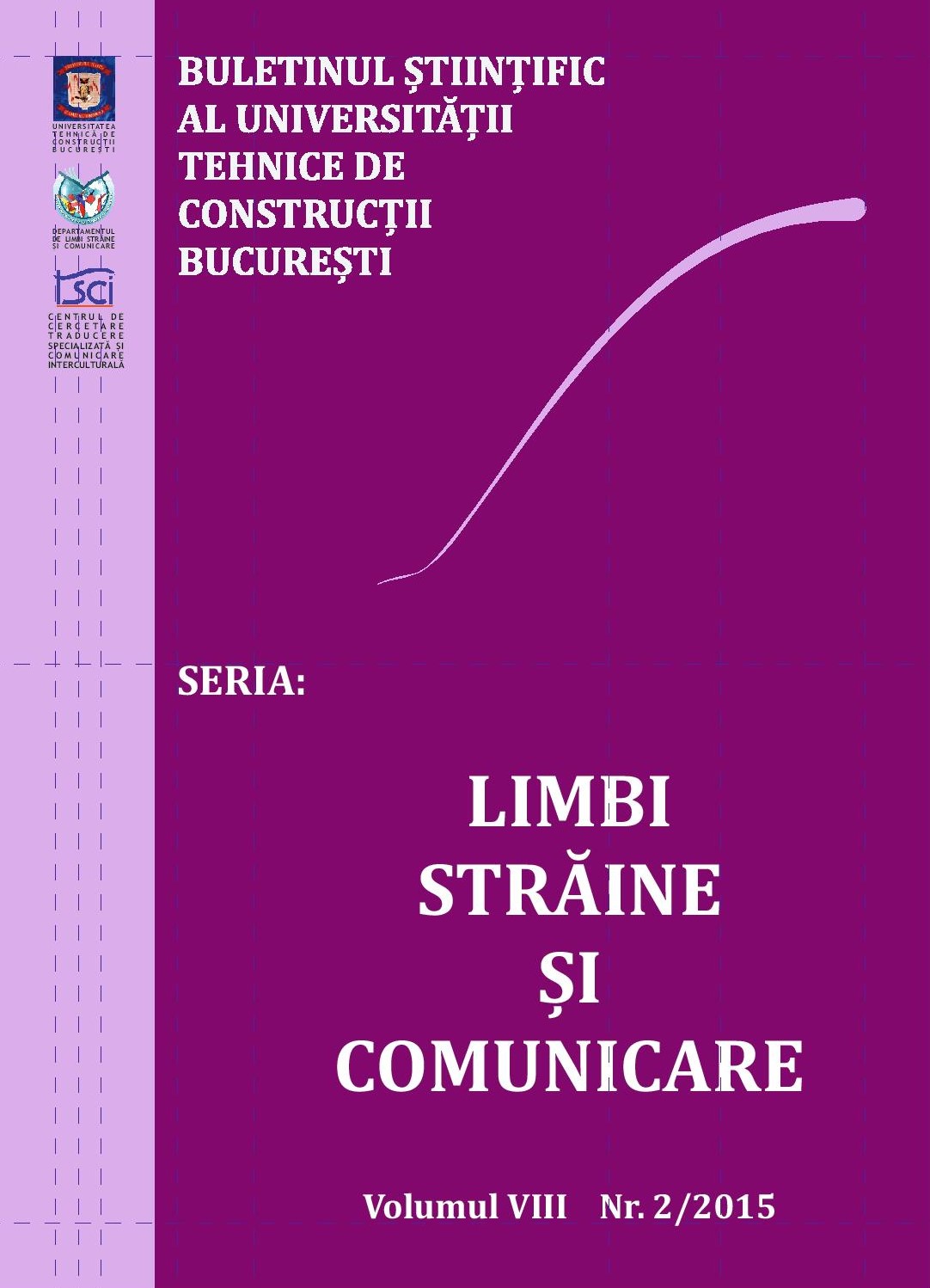TRANSLATION STRATEGIES AND DIFFICULTIES IN A GEODESY TEXT
TRANSLATION STRATEGIES AND DIFFICULTIES IN A
GEODESY TEXT
Author(s): Madalina Nica, Ion Ciobanu, Maria ConstantinescuContributor(s): Raluca Ghenţulescu (Editor)
Subject(s): Language studies, Language and Literature Studies, Geography, Regional studies, Physical Geopgraphy, Philology, Translation Studies
Published by: Editura Conspress
Keywords: triangulation; survey; descriptive equivalent; geodetic network
Summary/Abstract: Geodesy originated from the need to allocate land and property boundaries and to document the country's borders. Furthermore, with the dawn of modern times, geodesy has evolved, becoming an essential instrument in order to determine the size, shape and gravitational potential of the Earth, among others. We have chosen the sixth chapter of "Geodezie", written by Carmen Grecea, which revolves around geodetic networks, their tracing and materialization. The center point of our article will be the triangulation network and its purpose is to give a solid background on the occurring problems when translating difficult technical texts from Romanian into English. We, hereby, bring forth the translation procedures and methods of translation established by Peter Newmark in his book A Textbook of Translation in order to form certain guidelines for future confrontation with such issues. We have used mainly literal translation, the exceptions requiring a more in-depth study.
- Issue Year: VIII/2015
- Issue No: 2
- Page Range: 9-28
- Page Count: 20
- Language: English

